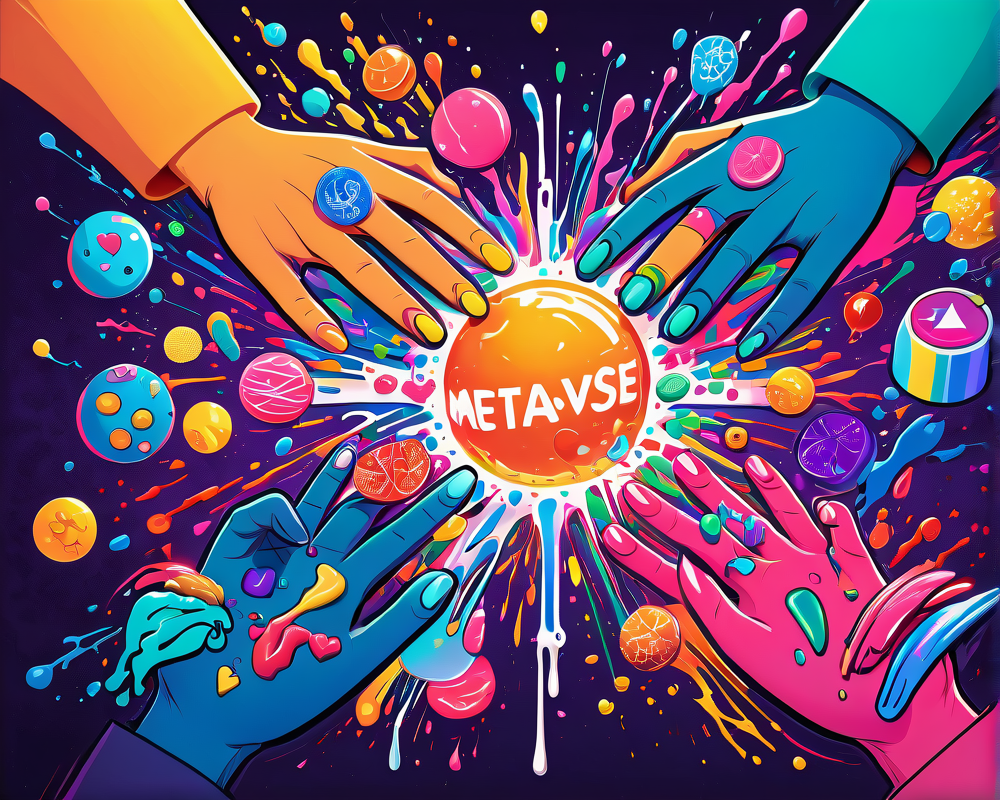Understanding the Web3 Landscape
Before diving headfirst into the deep waters of Web3, it’s crucial to understand its oceanic expanse. While Web2 companies like mine maintain a solid footing in the traditional digital space, transitioning to Web3 opens up new horizons—think of it like moving from a cozy cottage to a futuristic space station. You still have a roof over your head, but the view is wildly different.
Identifying Your New Audience
As the saying goes, ‘You can’t please everyone,’ and that rings especially true when aiming to attract early adopters in the Web3 realm. These digital pioneers aren’t just your average web surfers; they’re often crypto-enthusiasts with a penchant for finer things in their digital lives. Our Web2 audience was and continues to be budget-conscious, making every dollar count. However, as we morph into our Web3 selves, we’ve adapted our offerings to cater to higher earners who appreciate the intersection of functionality and fun in the virtual world.
Building Inclusivity in Your Offering
We aren’t kicking our budget-friendly customers to the curb; rather, we’re fortifying our offerings to create a virtual playground that accommodates a diverse range of users. Our blockchain-based tech isn’t just for the affluent crypto whizzes; it’s designed to welcome everyone into this new digital ecosystem.
Redefining Corporate Structure
Now, about that corporate hierarchy—Web3 doesn’t play by the old rules. Gone are the days of the C-suite monopoly over decision-making. Instead, think of your business as a circular table rather than a boardroom. In this new model, decisions don’t belong to a few high-ranking individuals; they belong to the entire community. The code operates autonomously on the blockchain, ensuring that your project doesn’t vanish overnight if a leader departs. Your business becomes a living organism, adapting and evolving with input from its stakeholders.
Strategizing for the Ecosystem
As I often remind our team, Web3 is all about community—not competition. Dive into collaboration instead of combat. The earlier you embrace this ethos, the faster you’ll adapt to the future. By leaving behind the Web2 mentality of hoarding intellectual property, companies can contribute to a larger ecosystem and leverage the awesome power of decentralized innovation. Ethereum is a wonderful example, with its open-source communities getting creative on top of its foundational architecture.
Launching Without Excess Luggage
When we launched our Web3 network, we intentionally stripped away our previous brand name. Leaving behind our Web2 ego was just one of many steps aimed at inviting competitors to join hands and collectively shape a new digital landscape. The hope is to cultivate a stronger, more equitable ecosystem where contribution trumps competition.
Educating Your Team
Education is the final—and arguably the most crucial—piece in this puzzle. A project cannot flourish if its own team members are still scratching their heads over Web3 principles. Here’s a tip: be patient. Offer training, resources, and ongoing support. While some folks will jump right into the deep end, others might prefer to dip their toes. The key? All stakeholders need a clear understanding of this transition to ensure that the company moves forward as one cohesive unit.
Embracing the Journey
The road from Web2 to Web3 is paved with uncertainty and occasional missteps. But fear not! History has shown us that the most significant transitions often come with their fair share of bumps. The end goal—a mature Web3 ecosystem—promises greater ownership and decision-making power for all involved. The ability to adapt and grow as a collective will not only benefit your company but potentially entire industries and economies.
So, strap in, folks! While it may not always be a smooth ride, with these four pillars—audience, structure, strategy, and education—in mind, we can each navigate this transition a little more deftly.




